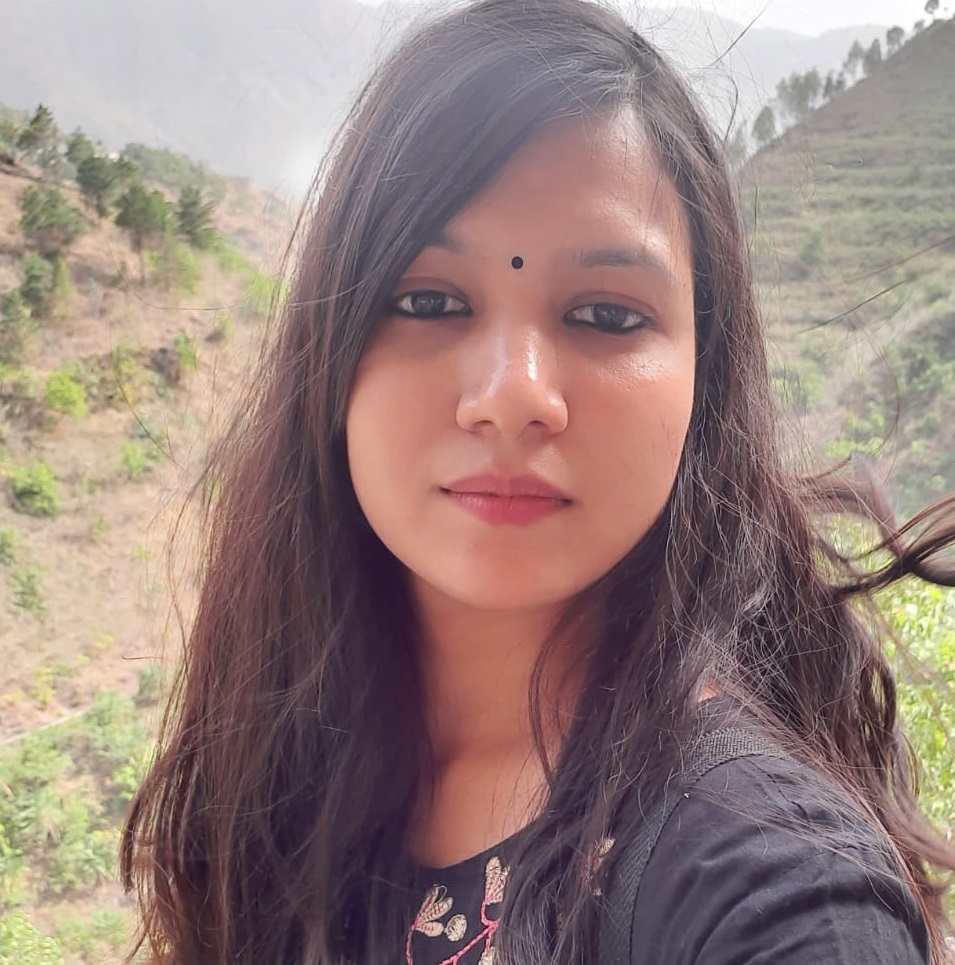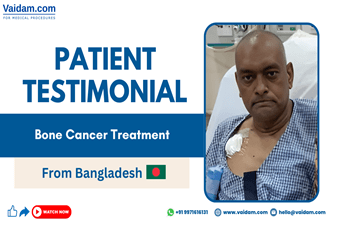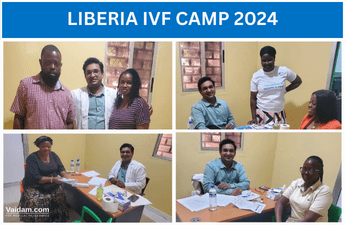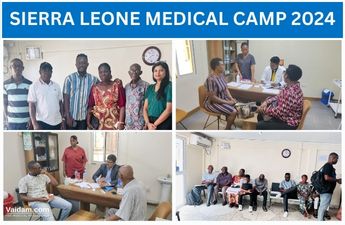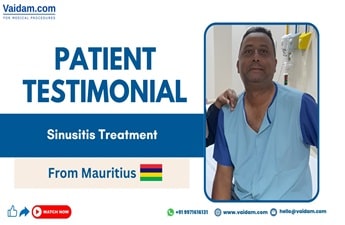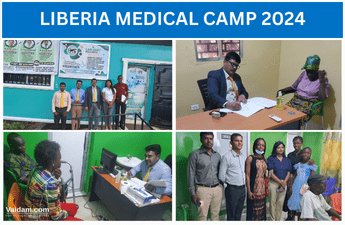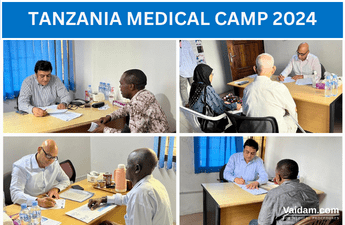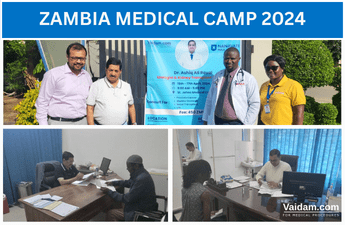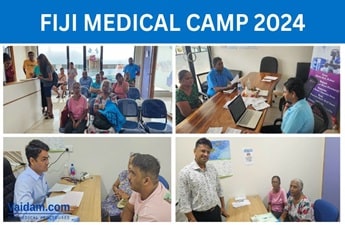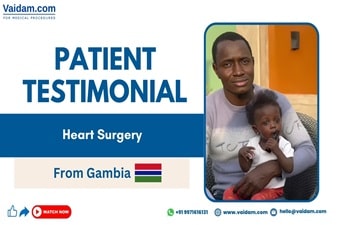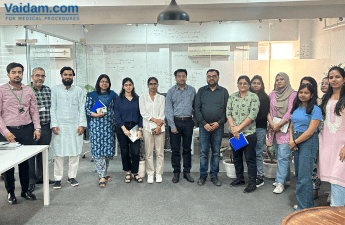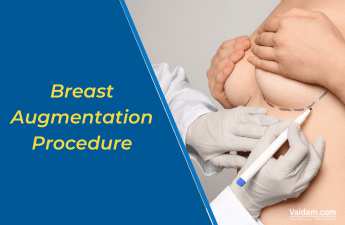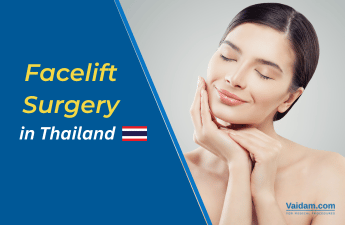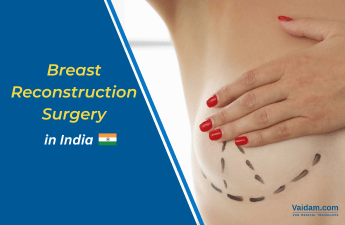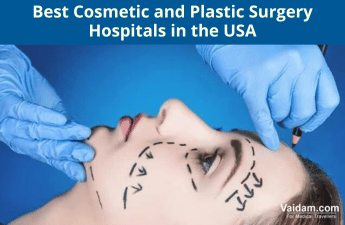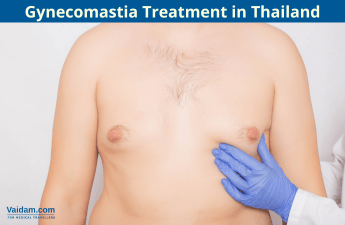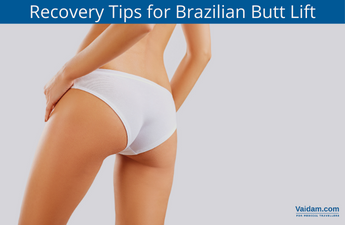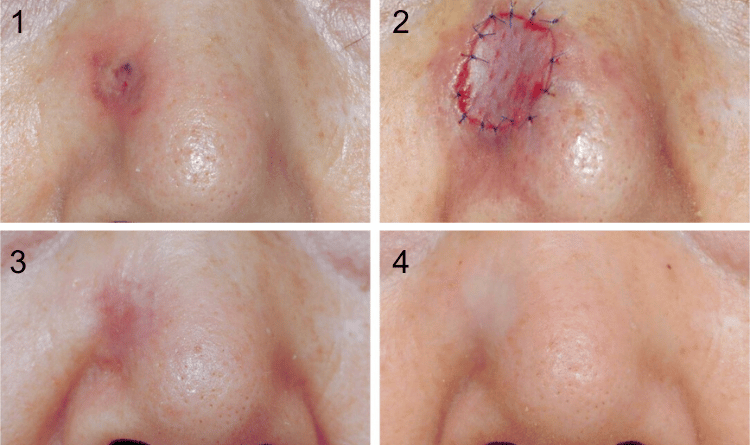
The skin is a crucial body part that protects against external environmental elements such as extreme heat or cold exposure, sunlight, dust, and bacterial infection. Trauma, burns, scalds, and cancer surgery can result in some significant skin defects that must be covered and reconstructed.
The rising prevalence of chronic diseases such as skin cancer is inducing growth in the demand for skin graft medical procedures. The increasing number of deaths caused by burns, coupled with the rising number of cosmetic surgical procedures, is another factor propelling the market's growth rate.
Skin grafts have been used for centuries to reconstruct soft tissue defects. Skin transplantation is still regarded as the gold standard for surgical burn therapy. The availability of skin for grafting is one of the main challenges in burn surgery. Regarding nonsurgical treatment, various skin dressings or alternatives are still an option.
The demand for skin grafting will grow at a rate of 7.2% from 2023-2032.
Countries such as India, Turkey, Germany, and Thailand have some of the best certified and trained Plastic surgeons, General surgeons, and Cosmetic Dermatologists who are well-experienced in skin grafting.
Get in Touch with Medical Experts
What is Skin Grafting?
A skin graft is a procedure where healthy skin is removed from an unaffected body area. This healthy skin is then used to cover the lost or damaged skin. A skin graft can be used for large wounds, bone fractures that break the skin (open fractures), or where an area of the skin is surgically removed.
Watch the video below to see the successful story of Parveen Peter Gimbwa Barwa from Nigeria, who received skin grafting treatment in India.
What are the Types of Skin Graft?
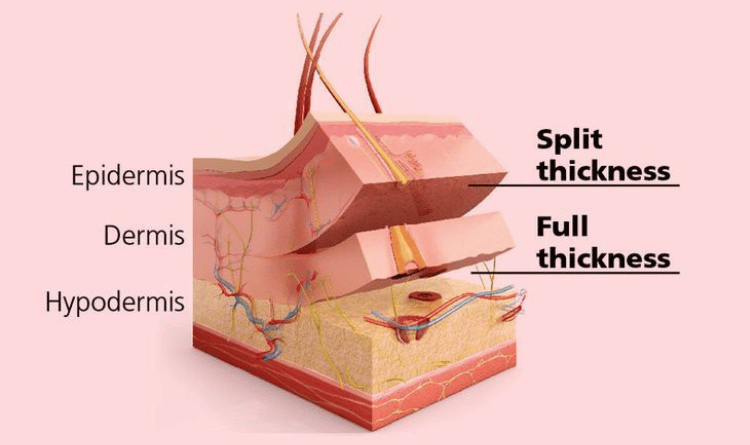
- Partial or Split Thickness Skin Graft (STSG): In STSG, a thin layer of skin is shaved from an area that usually heals well, such as the buttocks, thigh, or calf.
- Full Thickness Skin Graft (FTSG): In FTSG, the full thickness of the skin (the top layer and layers underneath) are removed, and that area is closed with stitches. Common donor sites for FTSG are areas of the body that often have excess skin. These include:
- Lower abdomen
- Inner arm and thigh
- Supraclavicular area
- Groin
- Eyelid
- Preauricular and postauricular areas
- Composite Grafts: These are indicated when a donor site has lost underlying muscle or bone. The most common composite grafts contain cartilage to support the nose or ear.
What Happens Before the Procedure?
- You may be asked to stop taking medicines (aspirin, ibuprofen, warfarin, etc.) that make it hard for your blood to clot.
- Ask your surgeon which medications you should still take on the day of your surgery.
- You will be asked to quit smoking as it increases your chance of problems such as slow healing.
What Happens During the Skin Graft Procedure?
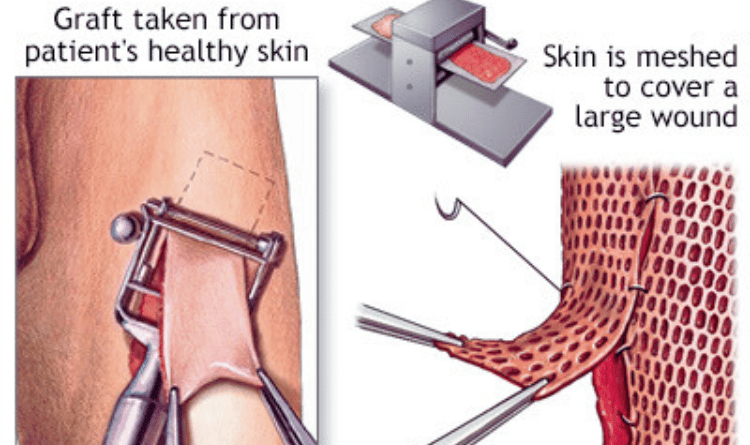
- Before the procedure, you will be given a general/local anesthetic, depending on the size and location of the affected area.
- The skin graft is usually held in place using stitches, clips, staples, or special glue.
- The surgeon will cover the area with a sterile dressing until it connects with the surrounding blood supply, which usually takes 5-7 days.
- The doctor covers the donor site with a sterile dressing to protect it from infection.
- The donor area of partial-thickness skin grafts usually takes about two weeks to heal.
- The donor area only takes 5-10 days to heal for full-thickness skin grafts because it's usually small and closed with stitches.
What Happens After the Skin Graft Procedure?
- At first, the color of the grafted skin may appear purple or red, but it settles down completely over time.
- The final color may differ slightly from the surrounding skin, with an indent in the area.
- You will recover quickly after STSG, while FTSG needs a longer recovery time.
- After getting discharged, follow instructions on how to care for your skin graft, including:
- Protect the graft from trauma for 3 to 4 weeks. This includes avoiding being hit or doing any exercise that might injure or dislodge the graft.
- Wear a dressing for 1-2 weeks and protect it from getting wet.
- Get physical therapy if your surgeon recommends it.
What are the Risks of Skin Graft Procedure?
The risks of anesthesia include:
- Allergic reactions to medicines
- Problems with breathing
- Bleeding, blood clots, or infection
Risks for the surgery include the following:
- Chronic pain (rarely)
- Bleeding
- Infection
- Loss of grafted skin (the graft not healing or the graft healing slowly)
- Reduced or lost skin sensation, or increased sensitivity
- Scarring
- Uneven skin surface
- Skin discoloration
What is the Cost of Skin Grafting?
Skin grafting is preferred in countries like India, Turkey, Germany, UAE, or Thailand, where hospitals provide benefits including the following:
- JCI-accredited hospitals
- Cutting-edge technology
- Multidisciplinary team
- Infrastructure and amenities
- High success rate
- Personalized treatment
The cost of skin grafting in these countries is as follows:
| Country | Average Price (USD) | Minimum Price (USD) | Maximum Price (USD) |
| 3500 | 3150 | 3850 | |
| 2500 | 1089 | 3120 | |
| 6000 | 5070 | 7080 |
Key Takeaway
Skin grafting is a remarkable medical technique that has transformed the lives of countless individuals. As technology and research advance, we can anticipate even more refined methods and improved outcomes in skin grafting. Whether for burns, injuries, or medical conditions, skin grafting represents the remarkable progress that can be achieved with science.

